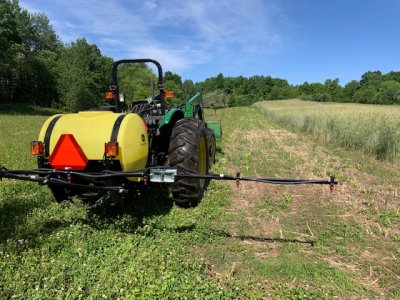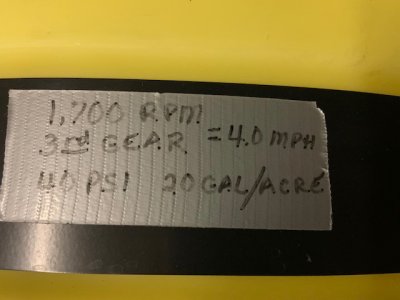A lot of assumptions there. I have calibrated my drill before, but don't anymore. I rarely plant a monoculture, either.
So who is the source that tells you to plant X pounds of this, Y pounds of that, Z pounds of that and mix it all together, then plant it at a rate of Q? There are so many variables that I've found calibrating the drill to be unnecessary. I've been doing it a long time, and I'm constantly tweaking mixes, rates, etc. If you don't know your equipment and what you're trying to do, I get it. Believe me, I'm fine with anyone calibrating, but to assume you have to calibrate to have good or great plots is very misleading. You calibrate a drill by cranking the crank however many turns you decide and weighing seed and doing mathematics, I calibrate a drill by drilling a known acreage and looking in the box at a known amount of seed.


